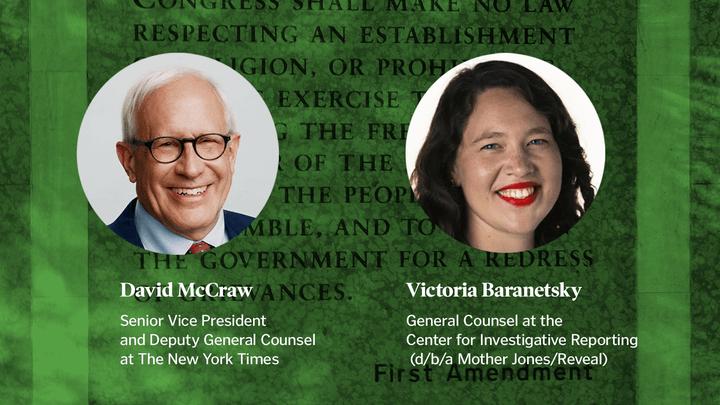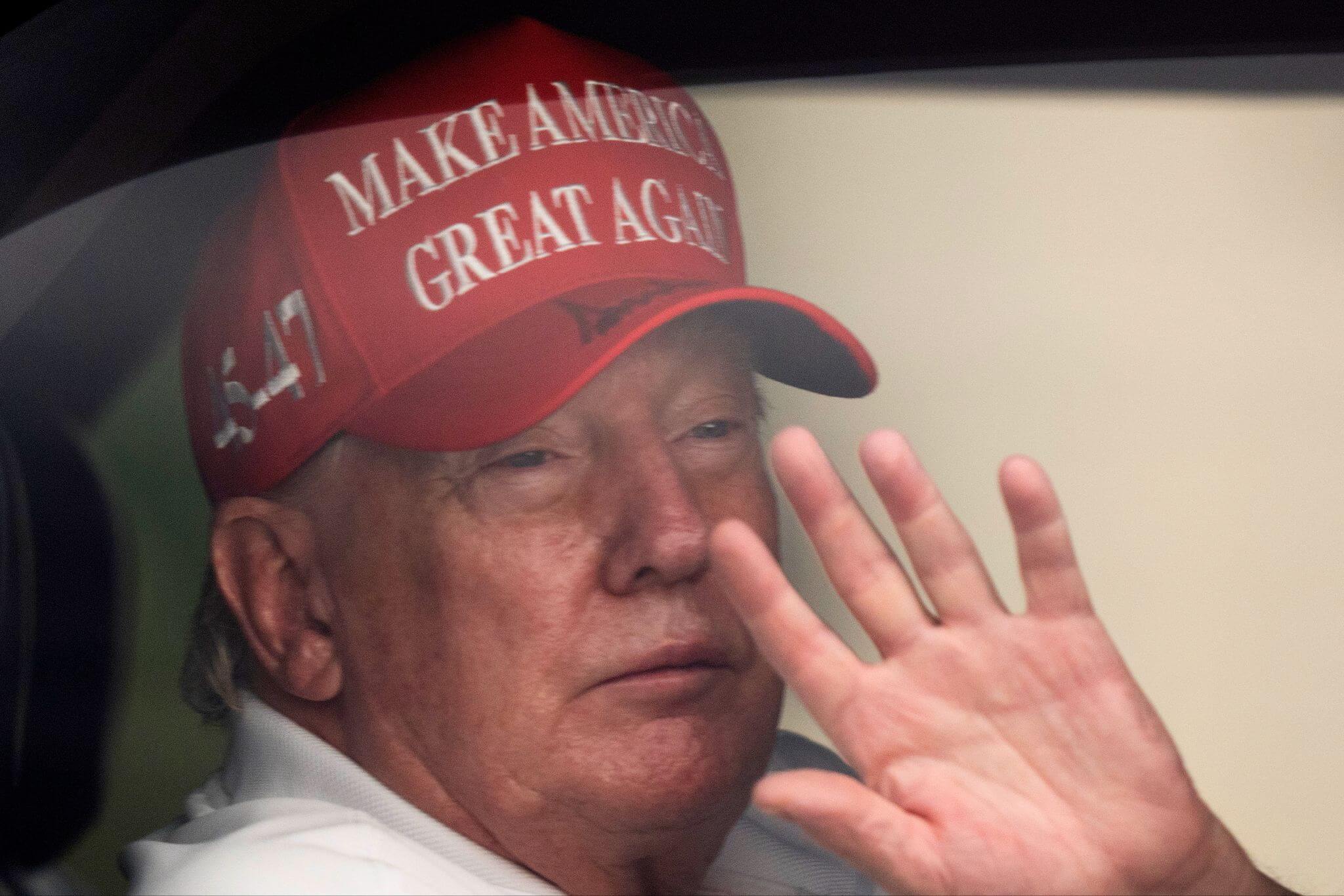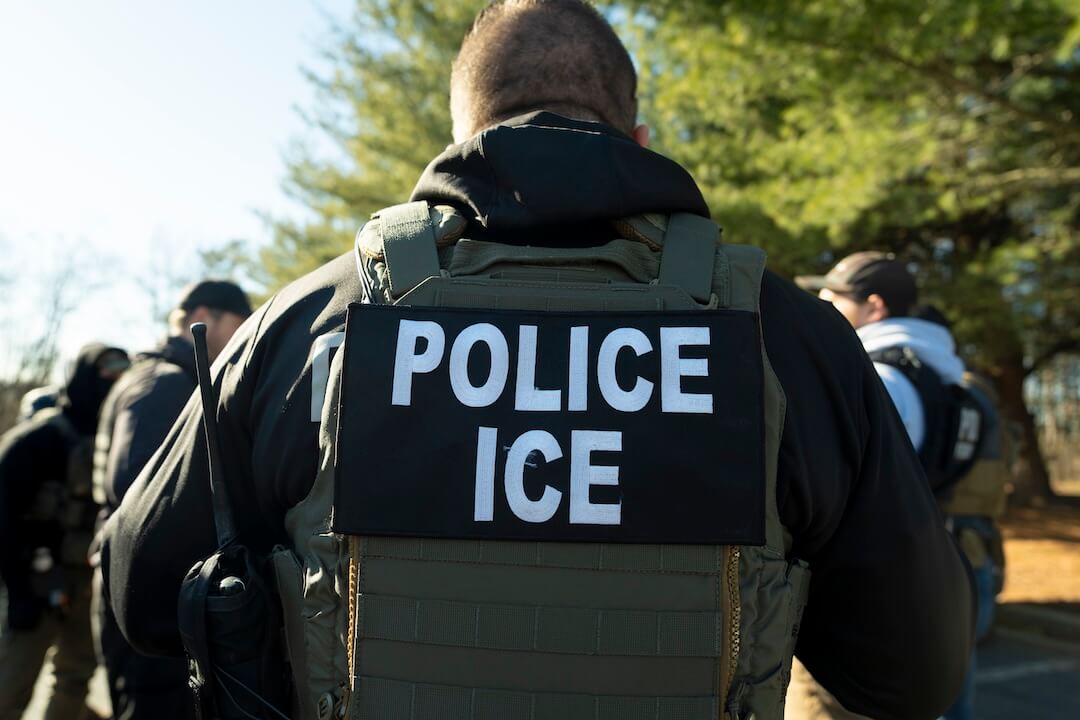 Covering COVID-19 is a daily Poynter briefing of story ideas about the coronavirus and other timely topics for journalists, written by senior faculty Al Tompkins. Sign up here to have it delivered to your inbox every weekday morning.
Covering COVID-19 is a daily Poynter briefing of story ideas about the coronavirus and other timely topics for journalists, written by senior faculty Al Tompkins. Sign up here to have it delivered to your inbox every weekday morning.
Why are public schools closed when nearby private schools are open?
Pricey private schools are seeing a surge in enrollment in places where public schools say they will go virtual this fall. Where private schools are following public schools’ lead and planning to offer virtual classes, the private schools fear they will lose enrollment. There are so many interesting angles to this developing story.
We are seeing this unfold all over the country — public schools opting for a hybrid schedule or going all virtual for the fall semester, while in the very same community private schools are opening their doors to students.
The key reason is, as it often is, money. Public schools, which teach about 90% of America’s schoolchildren, don’t have the money they would need to constantly sanitize classrooms, find new ways to serve lunches and reimagine bus schedules. The New York Times found that it is just one more way that kids whose families can afford to send them to private schools will widen their advantage over public school students.
Fall reopening plans are just another way the pandemic has widened gaps in education. Private schools were able to offer much more robust online learning last spring, and research suggests that school closures have widened achievement gaps. Now, as private schools move forward with reopening plans, it’s the children who most need to attend in-person school — those lacking the necessary technology for online learning, or with parents unequipped to oversee it — who will tend to be the least likely to do so.
A big issue for public schools is how to socially distance in cramped and aging classrooms while, as the Times pointed out, private classes are usually smaller to begin with. The story also said that during a COVID-19-affected school schedule, private schools have a lot more latitude to change teacher schedules, classrooms and other details and duties.
Another key difference for private schools, said Mike Walker, the head of school at San Francisco Day, is flexibility. Independent schools don’t have all the same regulations for the curriculum or facilities that public schools have, and teachers generally aren’t unionized. They also have smaller student bodies, with less diverse needs.
Overall, the average cost of tuition at private schools across all grades is $26,866 a year, with roughly a quarter of all families receiving financial aid, according to the NAIS. With record unemployment and many parents experiencing a job loss or furlough, families may no longer be able to afford a private-school education.
Amid so much uncertainty surrounding what the upcoming academic year will look like, as well as their own financial standing, enrolling kids in public school for a year — or longer — is an increasingly attractive option for some parents.
Further, choosing a local school during a public-health crisis could mean children won’t have to commute or rely on public transportation.
The Senate begins considering another stimulus check this week
Another round of stimulus money seems to be heading out the door. But how much and who will get the dough is unsettled. This critically important piece of legislation will be in full view this week as the Senate comes into session today.
Sitting in front of senators will be a House version of a stimulus bill that includes money to help public schools reopen, stimulus checks for households, assistance for small businesses, money for state and local and tribal governments to offset tax losses and money for personal protective equipment supplies for first responders. The House bill also sets aside money for school lunches and food banks. It is a hugely important bill.
The Washington Post reported this weekend that Senate Majority Leader Mitch McConnell will also roll out his proposed stimulus bill but the Post said the Trump administration is “trying to block billions of dollars for states to conduct testing and contact tracing.” The report also said, “The administration is also trying to block billions of dollars that GOP senators want to allocate for the Centers for Disease Control and Prevention.”
The House version would provide a “$1,200 refundable tax credit for each family member that shall be paid out in advance payments, similar to the Economic Impact Payments in the CARES Act. The credit is $1,200 for a single taxpayer ($2,400 for joint filers), in addition to $1,200 per dependent up to a maximum of 3 dependents. The credit phases out starting at $75,000 of modified adjusted gross income ($112,500 for head of household filers and $150,000 for joint filers) at a rate of $5 per $100 of income.”
President Donald Trump seems warm to the idea of another stimulus handout. When the Senate takes up the matter this week, a key question will be what the income cutoff should be and whether people should be compensated more for landing a job than if they have no job.
McConnell said people who earn less than $40,000 a year should get the money. About 40% of the people who fit that profile in America lost their jobs when COVID-19 hit, according to Federal Reserve Chairman Jerome Powell.
But $40,000 does not have the same buying power in some places. CNET pointed out:
In San Francisco, for example, the U.S. office of Housing and Urban Development defined “very low income limits” at $60,900 for a single earner and $87,000 for a family of four, based on 50% of the metro area’s median income in 2020. That would be well above any $40,000 cutoff.
Democrats in the House were thinking more along the lines of giving the stimulus to people earning $75,000 or less per year.
The House version of the bill is called The Heroes Act. The Democrat-backed bill would send a second stimulus check to:
- Individuals who made less than $99,000, according to the adjusted gross income from their 2018 or 2019 taxes (whichever was most recently filed)
- Families of up to five people
- Social Security Disability Insurance recipients
- People who aren’t U.S. citizens and file tax returns, pay taxes and otherwise comply with federal tax law using an individual taxpayer identification number instead of a Social Security number
The House-approved bill includes a lot more than a stimulus check. It would also continue a ban on some foreclosures and evictions involving the poorest people.
I am going to go in a little more detail than usual on this bill because it is so much money and affects so many people in your audiences. The bill summary says it provides:
- State fiscal relief – $500 billion in funding to assist state governments with the fiscal impacts from the pandemic
- Local fiscal relief – $375 billion in funding to assist local governments with the fiscal impacts from the pandemic
- Tribal fiscal relief – $20 billion in funding to assist tribal governments with the fiscal impacts from the pandemic
- $3.6 billion for grants to states for contingency planning, preparation and resilience of elections for federal office
- $11.5 billion for Emergency Solutions Grants to address the impact of the coronavirus among individuals and families who are homeless or at risk of homelessness and to support additional homeless assistance, prevention and diversion activities to mitigate the impacts of the pandemic
- $10 billion in grants to small businesses that have suffered financial losses as a result of the coronavirus
- $4 billion to allow public housing agencies to respond to the coronavirus and the ability to keep over 2.2 million families stably housed even when facing a loss of income, including $1 billion for new, temporary vouchers for individuals and families who are homeless or at risk of becoming homeless, or fleeing domestic violence
- $150 million to help local food banks meet increased demand for low-income Americans
- $200 million to prevent, prepare for and respond to the coronavirus in federal prisons, including funding for medical testing and services, personal protective equipment, hygiene supplies and services, and sanitation services
- $300 million for law enforcement hiring grants and for the purchase of personal protective equipment
- Expansion of paid sick days, family and medical leave, unemployment compensation, nutrition and food assistance programs, housing assistance, and payments to farmers
- A modification and expansion of the Paycheck Protection Program, which provides loans and grants to small businesses and nonprofit organizations
- Establishment of a fund to award grants for employers to provide pandemic premium pay for essential workers
- Elimination of cost-sharing for COVID-19 treatments
- Extension and expansion of the moratorium on certain evictions and foreclosures
There are some other issues that may entangle the Heroes Act. The House included a section in the bill that would release federal prisoners under age 18 or over age 50 if they are deemed to be nonviolent and put them on supervision to get them out of facilities that are COVID-19 hotspots.
President Trump said on “Fox News Sunday” that any relief bill must include a payroll tax cut. And he insisted that a new relief bill includes a limited liability provision that protects businesses that reopen and face claims from workers or customers who get infected in that business.
Sen. McConnell has indicated a relief bill could be completed before the annual Aug. 10 recess.
Get local: Press your local members of Congress on where they stand with this bill. The public will be deeply interested in whether there is another stimulus check in the future. This is not purely a federal matter. Your state and local officials will be anxious to hear how much if any federal relief will be coming their way since they are currently struggling with significant budget shortfalls. This will be an everyday story for the next few weeks.
Should we allow scientists to intentionally infect volunteers with COVID-19?
100 scientists are asking the National Institutes of Health for permission to intentionally infect volunteers with the coronavirus to move research along faster. These are the so-called “challenge trials.”
Challenge studies have been conducted before for diseases including influenza and malaria. But they are controversial. For one thing, there is no agreement on how to safely infect people and then keep them from infecting others.
Challenge trials might speed the research on potential vaccines by not having to wait for volunteers to be exposed in the course of their normal lifestyles.
A group called 1 Day Sooner, which advocates for challenge trials, published the letter, which said in part:
If challenge trials can safely and effectively speed the vaccine development process then there is a formidable presumption in favor of their use, which would require a very compelling ethical justification to overcome.
31,000 people in 140 countries have signed up on the 1 Day Sooner website as volunteers to be infected.
35 members of the House of Representatives have sided with the scientists in asking regulators to consider allowing challenge trials.
Get local: You have two possible open doors to help you bring this story closer to home. See the list of scientists, who are mostly university-based, and the list of members of Congress who support the idea.
How the U.S. exported COVID-19 to 11 countries
The Marshall Project and The New York Times worked together on a remarkable story that deserves more attention. The piece explored how the United States deported thousands of migrants around the world and that the deportees took COVID-19 home with them to at least 11 countries. U.S. Immigration and Customs Enforcement said it was only able to test a portion of the people before loading them onto planes and sending them away.
The end of the 747 jumbo jet
British Airways announced plans to phase out its Boeing 747 jumbo jets because it will take years for the airline industry to recover from COVID-19’s impact. Australia’s Qantas Airways is dropping the big jets, too.
Dance recitals must go on
A certain portion of you who are parents, loving grandparents, aunts and uncles will relate to the implied importance of the annual dance recital that your children practice for all year.
You have sacrificed a king’s ransom to pay for the lessons, the shoes and the outfit and then COVID-19 shut down the big recital (which lasts morning until night even though your kid only dances for 3 minutes, usually at the end, but you didn’t know that so you got there at 8 a.m., but I digress).
Not to be detoured, dance academies are moving the recitals outside.
Across the country, many dance studios are struggling to survive. Some are seeing an exodus of students who can no longer pay tuition because parents have lost jobs or don’t see the value in virtual rehearsals. Studios must continue to pay teachers to conduct Zoom rehearsals, send in rent checks and fund the socially distant recitals.
They are mostly relying on loyal students who are willing to pay during this tumultuous period of online dance classes. And the prospect of a live performance in the near future can help keep students invested and give them something to work toward.
This is a really great visual and fun story for you. Zoom dance lessons sound like a gas. For some kids, this is the biggest thing in their lives that they look forward to.
I have a friend here in St. Petersburg, Florida, who is a voice teacher and she said you have not lived until you try to teach somebody to sing who is using a cellphone with a spotty connection.
I suspect there is a whole range of arts teachers who are trying to keep their businesses going — teaching piano, guitar, painting, pottery, you name it. Come to think of it, we have a lot of those dance studios for adults here in Florida. I wonder how they are stepping out while keeping it safe?
Free legal and safety training for journalists covering political conventions
We will soon see how big the crowds are for the national political conventions, which are just weeks away. Normally they would be magnets for protesters, lobbyists and news people. But in a pandemic?
What might have been a 50,000-person crowd in Milwaukee now may be counted in the hundreds.
The Reporters Committee for Freedom of the Press, National Press Photographers Association and Committee to Protect Journalists are partnering to offer a free training series — which will cover legal issues, physical safety, and digital security — to equip journalists with the knowledge and resources to safely report on the Democratic National Convention in Milwaukee and Republican National Convention in Jacksonville and handle any challenges that might arise.
The training series will take place via Zoom the week of July 27, and makeup sessions will be offered the following week of Aug. 3. Journalists can register for the training sessions at rcfp.org/2020conventions.
The TV networks are still working on their convention plans, but for the moment, they do not plan to have crews inside any convention hall. But then, it is not at all certain how many delegates will be there either.
Democratic convention planners have told delegates to stay away from Milwaukee. What would have been a week of speeches and meetings may now be pared down to a few hours for a few nights online. The GOP hopes to meet in Jacksonville but already has said any convention will be limited to delegates only, which is a little more than 2,500 people, and maybe up to 7,000 on the night that the president speaks.
The size of the gatherings may influence how much police and protester presence to expect at both locations.
Something to celebrate
I needed to see this, a company doing a really good thing. The online shoe company Zappos is now offering people who do not need two shoes the ability to only buy one, or if they need two shoes in different sizes, no problem. And they are not gouging for the service — one shoe is half the price of a pair.

(Screenshot, Zappos)
Good Morning America reported:
Zappos Adaptive teamed up with comedian, author and para-athlete Josh Sundquist to support their new platform.
He said in a statement, “I’m so excited about this program. As an amputee, I’ve never been able to buy a single shoe before, so this is a game-changing moment for amputees and people with disabilities.”
There are so many people doing seemingly small things to help others that are not really small at all.
We’ll be back tomorrow with a new edition of Covering COVID-19. Sign up here to get it delivered right to your inbox.
Al Tompkins is senior faculty at Poynter. He can be reached at atompkins@poynter.org or on Twitter, @atompkins.







